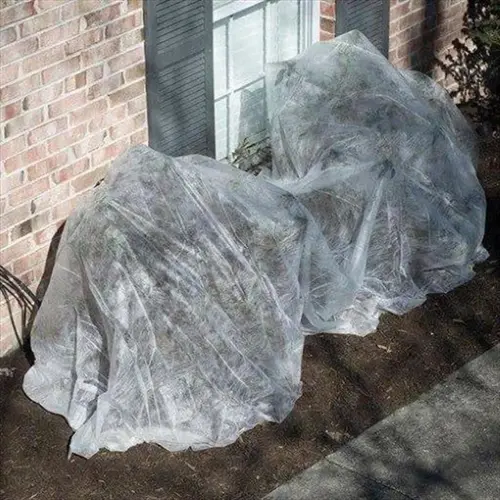Does hydrogen peroxide effectively treat root rot?

Written by
Tina Carter
Reviewed by
Prof. Martin Thorne, Ph.D.Hydrogen peroxide provides a very strong treatment protocol for root rot infestation because it directly targets the anaerobic pathogens inflicting rot. I successfully saved my orchid collection from an extreme case of root rot using a diluted hydrogen peroxide soak, which brought back dying plants in just a few weeks. Hydrogen peroxide is a household product that, when diluted, works by releasing oxygen to kill pathological fungi while oxygenating the injured root tissues. It is very effective against common pathological rot pathogens: Pythium and Phytophthora species.
Solution Preparation
- Always use 3% hydrogen peroxide concentration
- Mix 1 part peroxide with 4 parts water
- Test solution temperature at room temperature before use
- Prepare fresh solution for each treatment session
Treatment Process
- Submerge cleaned roots completely for 10 minutes
- Agitate gently to ensure full coverage
- Rinse thoroughly with clean water after treatment
- Apply cinnamon powder to cut surfaces afterward
Safety Precautions
- Wear gloves to protect skin from irritation
- Avoid contact with plant foliage during application
- Store peroxide in original dark container away from light
- Keep out of reach of children and pets
Comprehend how hydrogen peroxide attacks root rot on a cellular level. The solution breaks down into water and oxygen when interacting with organic matter. This boost in oxygen tides anaerobic pathogens that thrive in low-oxygen environments. At the same time, it invigorates root cell regeneration. I have seen treated root tips develop new white growth in days.
To get the best results from peroxide treatments, use it in conjunction with proper pruning. Always cut out the infected roots before soaking. Ensure that you cut into healthy tissue to confirm that the infecting pathogens are gone. Repot it in sterile soil as soon as the treatment is complete. Avoid watering for 5-7 days, giving the roots time to recover. This methodology will get you the best results with peroxide treatment. My monstera was practically on the edge of root rot before this combined approach saved it.
Understand the limitations of hydrogen peroxide for extreme situations. Hydrogen peroxide cannot reverse any root damage that has already occurred. For plants with over 70% root loss, recovery is improbable. You should use hydrogen peroxide for early detection of root rot, such as slightly slow-drying soil or yellowing leaves lower on the plant. For extreme cases, hydrogen peroxide can be used in conjunction with commercial fungicides that contain phosphorous acid.
Protect against potential outbreaks by practicing better plant care. Maintain proper watering regimes that allow the soil to dry out between waterings. Use appropriately draining soil mixes in the correct containers. Quarantine new plants before adding them to your collection. These practices will minimize the need for reactive treatments.
Read the full article: Spotting Signs of Root Rot Early

